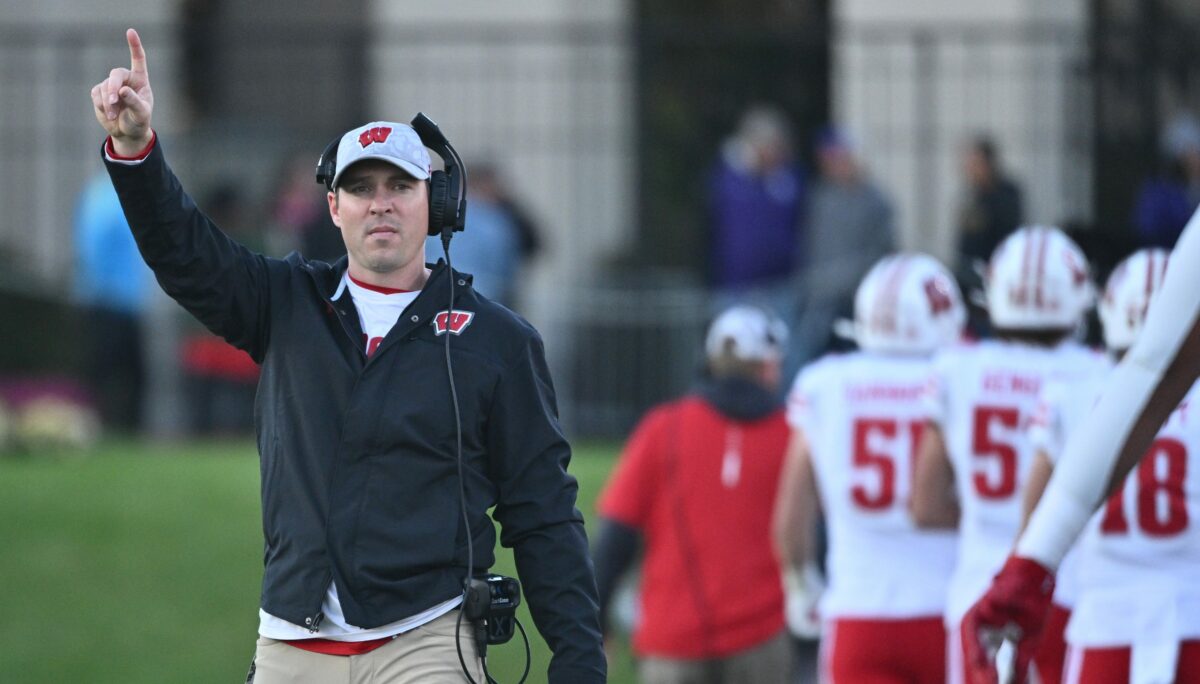Wisconsin Badgers interim head coach Jim Leonhard took over the program on short notice and quickly acknowledged that the offense needed to make some adjustments – as not to beat a dead horse.
Making said adjustments seems easy on paper, but doing this during week six of the college football season gives little time to overhaul what the team has been running since spring and fall camp began.
Before his first game as head coach, Leonhard asked his offensive staff to find a way to manufacture touches for the team’s best playmakers and make them more dynamic.
“We have to play off our passing game,” said Leonhard. “Teams are going to stop the run. They are going to load the box and dedicate a lot of attention to our running backs and o-line. We have to be able to balance that a little bit.”
Bobby Engram heard this message clearly and answered the call, producing a season-high 515 total yards (322 passing, 194 rushing) and scoring 42 points on 7.6 yards per play.
During the 42-7 throttling of Northwestern, anyone with two eyes could see that things looked much different, specifically as it pertained to the offense.
With the proverbial handcuffs removed, the coaching staff added several wrinkles on offense that kept the Wildcats off-balance all afternoon and accentuated the strengths of UW’s best weapons.
Graham Mertz threw for 299 yards and five touchdowns, Braelon Allen rushed for 135 yards with a passing touchdown, and Chimere Dike caught 10 passes for 185 yards and three touchdowns.
If I had told you that would be the outcome after the Illinois game, you would have thought I was using illicit drugs – and I wouldn’t have blamed you.
Wisconsin’s top playmakers had a field day against Northwestern and, to the untrained eye, played loose, confident, and fast, a stark contrast from the offense we’ve watched over the past couple of seasons.
Let’s take a look at a few of the unique offensive installations implemented against Northwestern:
